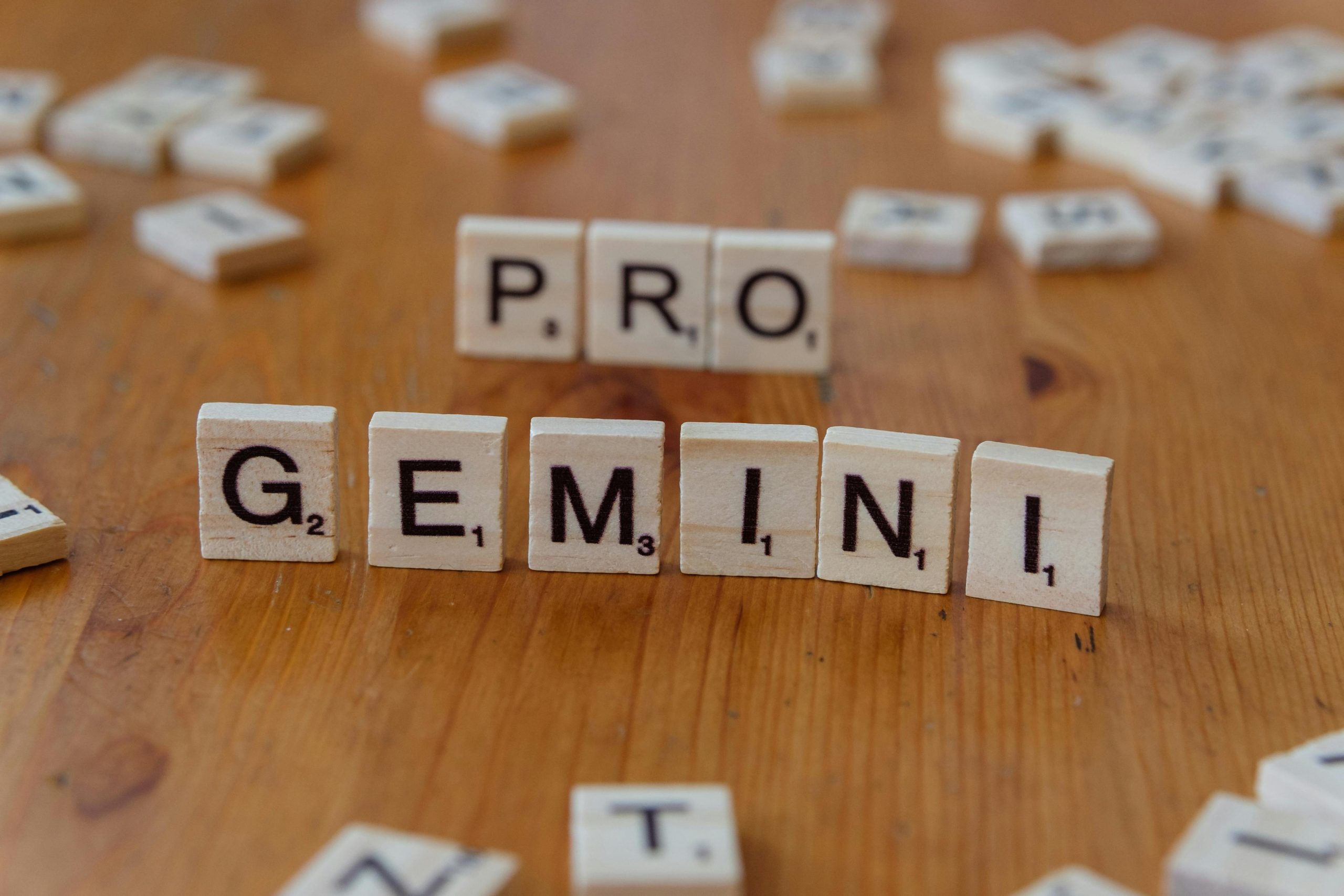Version 1: Diagnosing Azure OpenAI Connection Issues: How NVIDIA Nemo Guardrails’ New Update Leads to Errors
Troubleshooting Azure OpenAI Integration with the Latest NVIDIA Nemo Guardrails
Recently, I encountered an unexpected issue while working with Azure OpenAI integrated with NVIDIA’s Nemo Guardrails after upgrading to version 0.14.0. Previously, when I was using version 0.11.0, everything functioned smoothly. However, upgrading seems to have introduced a vexing error that halted my progress.
Upon debugging, I verified that the configuration files in my setup were intact and properly pointing to the models I intended to use. It was refreshing to see that everything appeared to be in order, yet the error persisted. Unfortunately, the changelog or documentation for the new version of Nemo did not provide any clarity regarding modifications in model configuration procedures.
The error message I received was particularly disconcerting:
ModelInitializationError: Failed to initialize model 'gpt-40-mini' with provider 'azure' in 'chat' mode: ValueError encountered...
This indicated that there was a failure related to the initialization of the model, specifically that it could not locate the necessary openai_api_key.
To resolve these issues, the message suggested checking whether the OPENAI_API_KEY environment variable was appropriately set or passing the openai_api_key directly as a named parameter. The absence of this critical API key has been a common theme in model initialization errors, and in this instance, it proved to be the root cause of my difficulties.
If you find yourself in a similar situation, here are a few steps I recommend taking:
-
Verify Environment Variables: Ensure that the necessary environment variables, particularly
OPENAI_API_KEY, are properly configured in your system. You can do this by checking your environment settings or using command line tools to list them. -
Review Documentation: Although I found it lacking in clear updates regarding model configuration changes, it’s always good practice to consult the latest documentation for any adjustments that may not have been immediately apparent.
-
Test with Previous Versions: If the issue persists, you might want to consider reverting back to the previous version (0.11.0) where everything was functioning optimally as a temporary solution while you investigate further.
-
Community Support: Don’t hesitate to reach out to the community forums or the support team for Nemo Guardrails. They can provide insights that may not be documented and potentially offer solutions based on user experiences.
Upgrading your development tools can sometimes lead














Post Comment